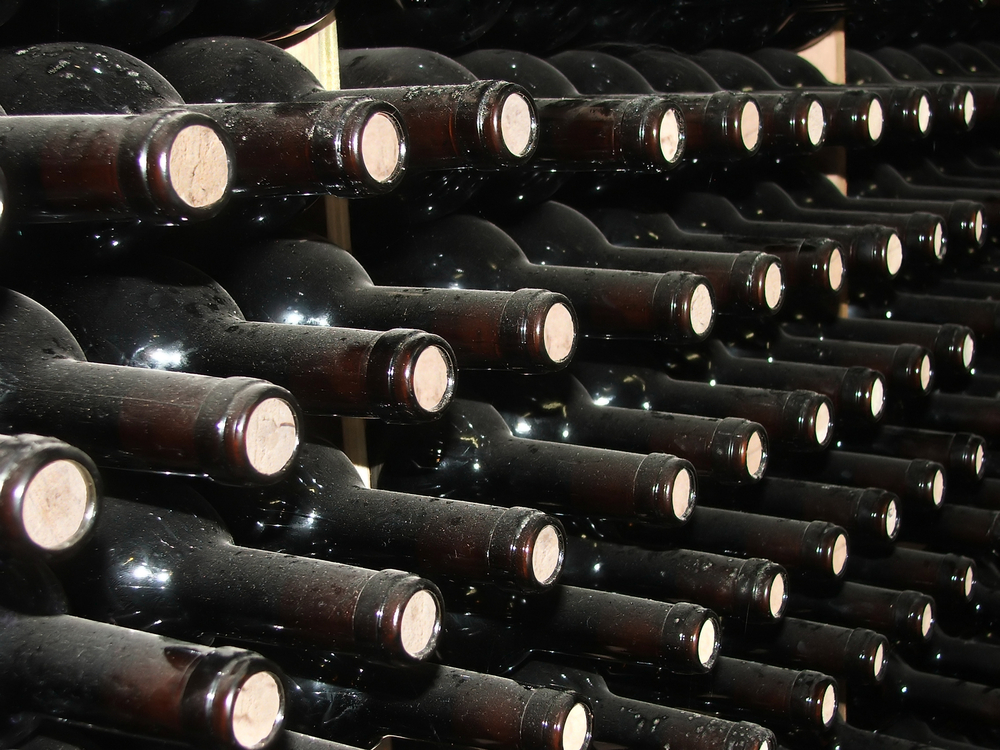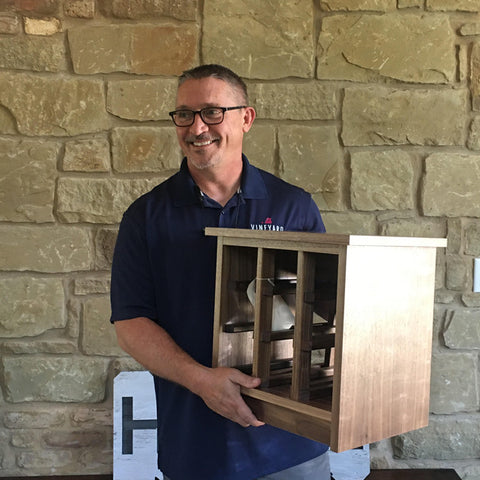Wine is made by blending grapes and yeast, which are laid down to ferment naturally. During the fermentation process, the natural sugars from the grapes are converted into alcohol as carbon dioxide is given out as a byproduct. It is the final balance of each wine's amino acids, carbohydrates, and other elements that contribute to the unique tastes and bouquet that characterize different wines.
In this article, we will learn the best wine storage solutions that will help your wine to remain at its absolute best.
1. Avoid Light
Wines are best stored behind solid doors away from direct light. Wines are not fond of light as exposure to ultraviolet light for a long period can completely ruin the taste of the wine and even damage the labels. Some of the best places to store your wine include cabinets and closets away from appliances that will cause heat.2. Maintain Appropriate Humidity
The best humidity levels for wine storage are typically between 50 to 70. Very low or very high humidity levels affect the cork's sealing ability. Too dry environments can make the cork shrink and dry, which allows some air to enter the wine bottle. When air enters the wine bottle, the wine quickly oxidizes and loses its taste and becomes sour.3. Store in a Cool Place
Wines cannot withstand high temperatures and should, therefore, be stored in a cool place. Typically, 12-14°C (54-57 °F) are the ideal temperatures if you plan to store your wine for long. Under inappropriate temperatures, wines typically get cooked, and very high temperatures are disastrous.4. Don't Store the Wine in a Too Cool Place
Although cool temperatures are good for the wine, you should avoid too cool temperatures. Regular fridges are too cool and are therefore not good for long term wine storage. It is best to store your wine under the ideal temperatures of between 12-14°C (54-57 °F) if you plan to store it for long.5. Maintain a Steady Temperature
Maintaining the right temperature is the most important factor when storing your wine. This is because drastic fluctuations in temperature levels normally affect the quality of the wine adversely.6. Store the Wine Sideways
Wine should be stored sideways at all times, as this helps prolong its life. Storing the wine sideways ensures the cork is wet at all times, which ensures the amount of oxygen is at its minimal. Excess oxygen in the bottle affects the chemical reactions in the bottle, which affects the maturing process of the wine.7. Avoid Vibrations and Movements During Wine Storage
During the maturation process, it is always advisable to avoid moving your wine around too often. This is because too many movements and vibrations will affect the wine's molecular structure that gives the wine its characteristic depth.For step by step information on how to build a wine cellar read this related article - https://winecellarhq.com/blogs/news/how-to-build-wine-cellar


